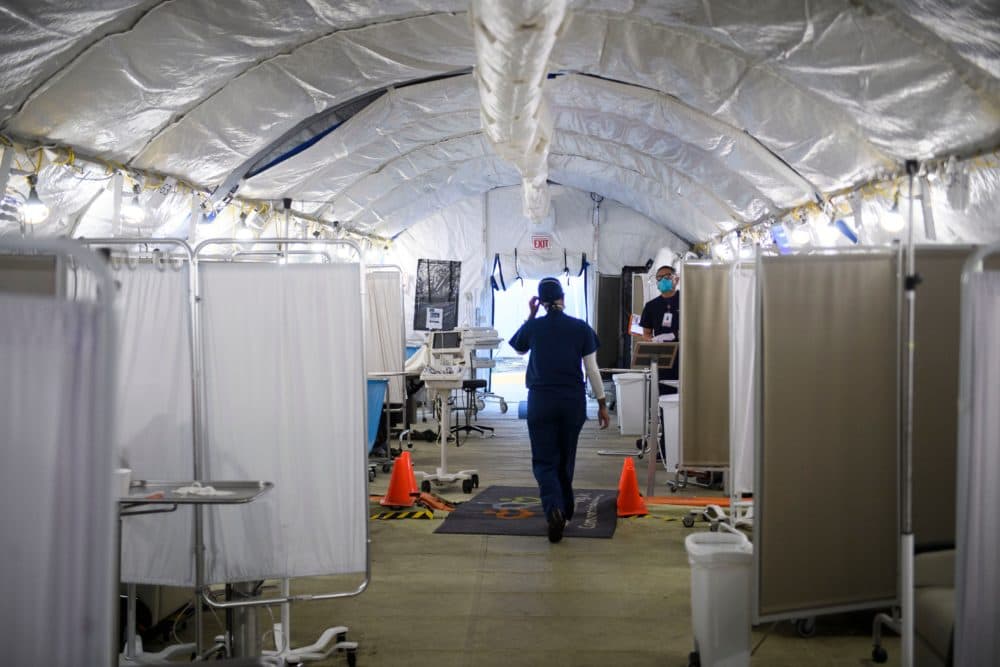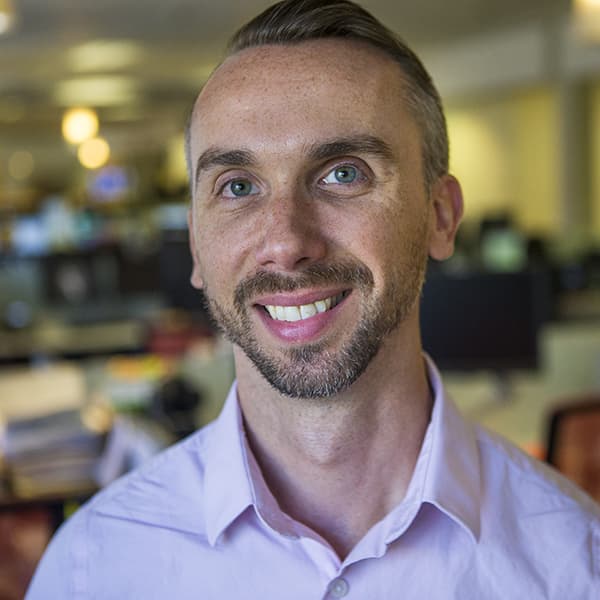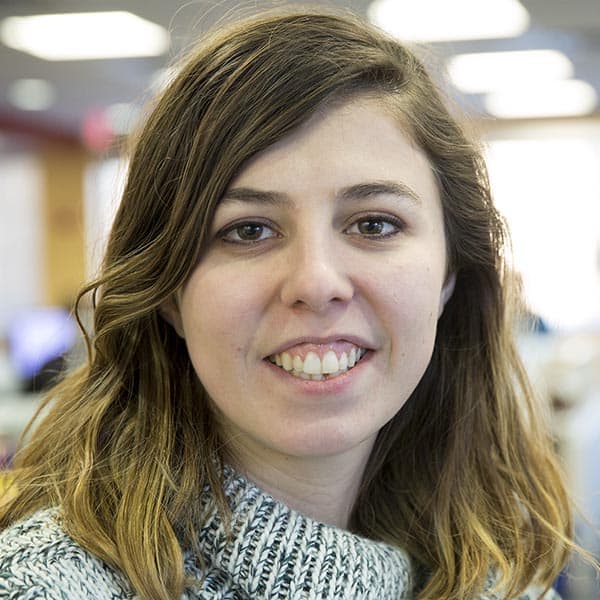Advertisement
Los Angeles County Doctor Shares COVID-19 Care Rationing Plans

In California, hospitals are overflowing with COVID-19 patients due to a recent spike in cases following the holiday season.
Over the past week, almost 200 people on average were dying each day in Los Angeles County. Now, the extraordinary step of rationing care is closer to becoming a reality.
Dr. Arun Patel, who is overseeing the triage program for public hospitals in LA County, says area hospitals “have more patients ... than anyone can remember.”
Every hospital in the region is looking for new places to put extra intensive care unit beds — including in parts of the hospital that don’t typically house ICU patients, he says. Hospitals are hiring nurses from outside the state and shifting nurses from outpatient to inpatient care.
“We're at the point where we're stretching a lot, but we're not at the point of having to make those really awful decisions yet, and I hope we never get there,” Patel says.
When health care workers are forced to ration care, that could mean there’s a shortage of supplies or equipment such as ventilators or oxygen, or it could mean there’s a shortage of staff, he says. LA hospitals are looking to the experiences of Italy and New York last spring as a guide to making those decisions, he says.
Ambulance workers in LA county are already facing oxygen shortages and have been ordered not to administer oxygen unless a patient’s levels drop below 90%. The Army Corp of Engineers is working to boost oxygen supply in the area.
So who makes those decisions about which patients get care and those who don’t? Patel says each hospital has triage officers that are practicing different scenarios now so that they can jump into action when those tough choices need to be made.
Since these are difficult conversations, the role of triage officers is to make those decisions and communicate them to doctors, who will ultimately relay any bad news to the patient, he says.
Advertisement
“We have the triage officers in part so we can separate the functions of caring for the patient and making hard decisions about care,” he says. “We think that it's probably best for the patient's attending physician to have that conversation with them because they're the one that already has a relationship with them. We don't want someone sort of swooping in and delivering terrible news.”
Even though vaccine distribution has begun, Patel says it’s important to remember that “we’re not out of the woods” when it comes to this virus. He is urging people to continue to wear masks and socially distance as much as possible.
“People still need to be mindful,” he says. “We still have to work at this until enough people have been vaccinated, which will probably still take a few months before we can let our guard down.”
Ashley Locke produced and edited this interview for broadcast with Tinku Ray. Samantha Raphelson adapted it for the web.
This segment aired on January 11, 2021.

